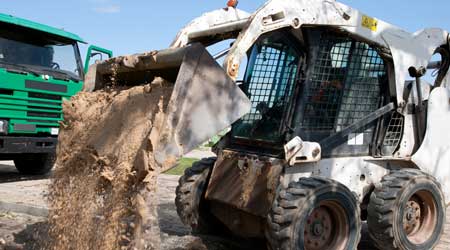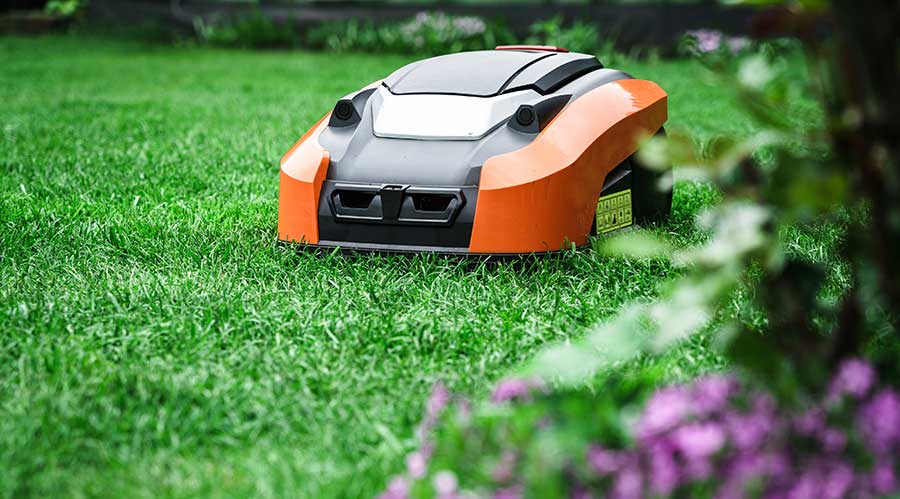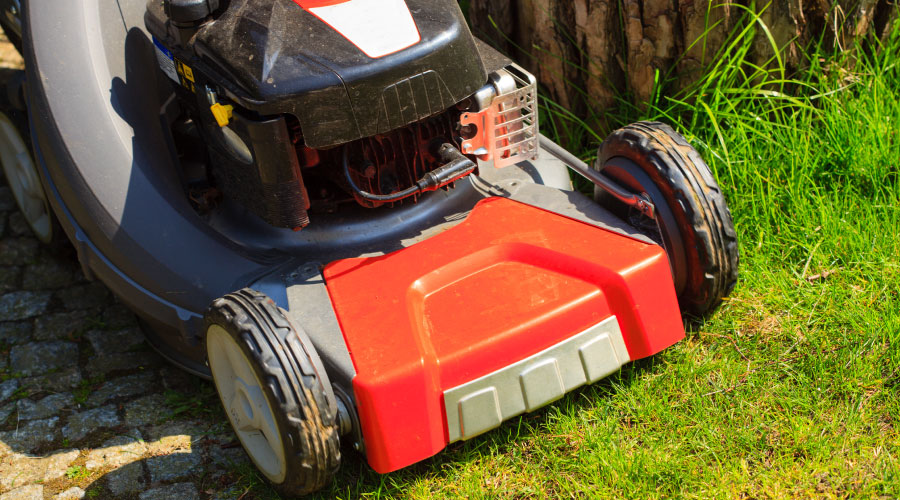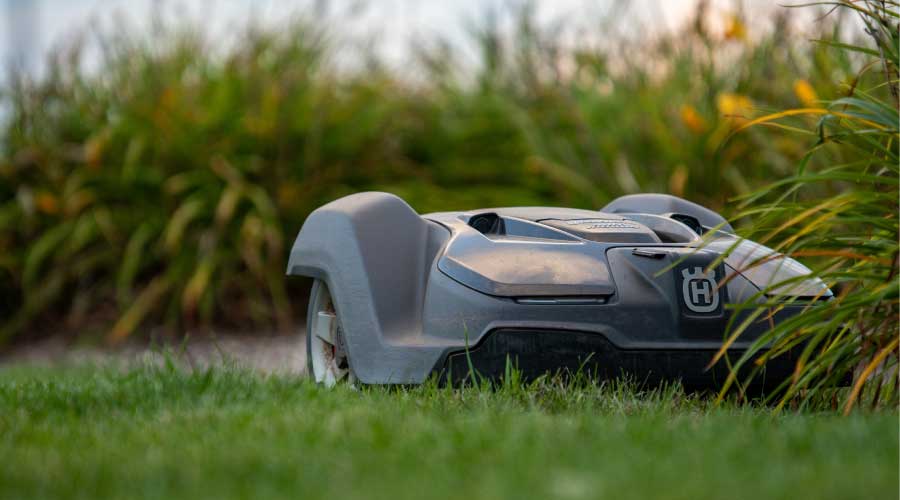 Thanks to equipment advances in recent years, a range of light-construction equipment has proven to increase productivity and decrease costs.
Thanks to equipment advances in recent years, a range of light-construction equipment has proven to increase productivity and decrease costs.Maximizing Investments in Light-Construction Equipment
While mowers remain workhorses, equipment such as skid steers and excavators can round out the grounds care arsenal
Grounds managers looking to expand their landscape construction equipment arsenals need to carefully consider several proven strategies for maximizing their investments in these big-ticket purchases.
Versatility. One cost-effective strategy to control costs involves selecting equipment that can perform several tasks year-round.
Crews using trucks to haul debris, landscape waste and stones during the summer can haul snow and salt in the winter by spreading salt with a tailgate spreader attachment and plowing snow with a snow plow attachment. They can use skid-steer loaders for trenching, culvert cleaning, dirt hauling, fertilizer application, and tree removal in the summer. Then they can use them to perform snow removal and snow and salt loading in the winter.
Applicability. Managers need to take into account the landscape features that make up their department’s inventory, whether that means wide-open spaces, tight spaces or grades. For example, crews can efficiently mow large turf areas using gang mowers, while they will need smaller units along fence lines, in corners and around plantings.
Effective instrumentation can make the job easier and can extend equipment performance life. Among the options to consider in this area are: a password-secured, keyless ignition to eliminate problems related to lost keys or leaving the key in the ignition; panel diagnostics that show required activities and dates for preventive maintenance; attachment-operation monitoring; automatic grade control; and a resettable hour meter designed to ensure that such tasks as lubrication, hose replacement, fastener tightening, and safety-feature checks occur at prescribed intervals.
Ergonomics. Equipment comfort features are designed to improve operator productivity. For example, enclosed cabs are glassed in and insulated with positive ventilation. The controlled cabs feature all-weather air conditioning that keeps operators comfortable. The cab also keeps out dust, rain, sleet and snow, and it helps the operator remain productive longer without fatigue.
– Thomas A Westerkamp
Related Topics:















